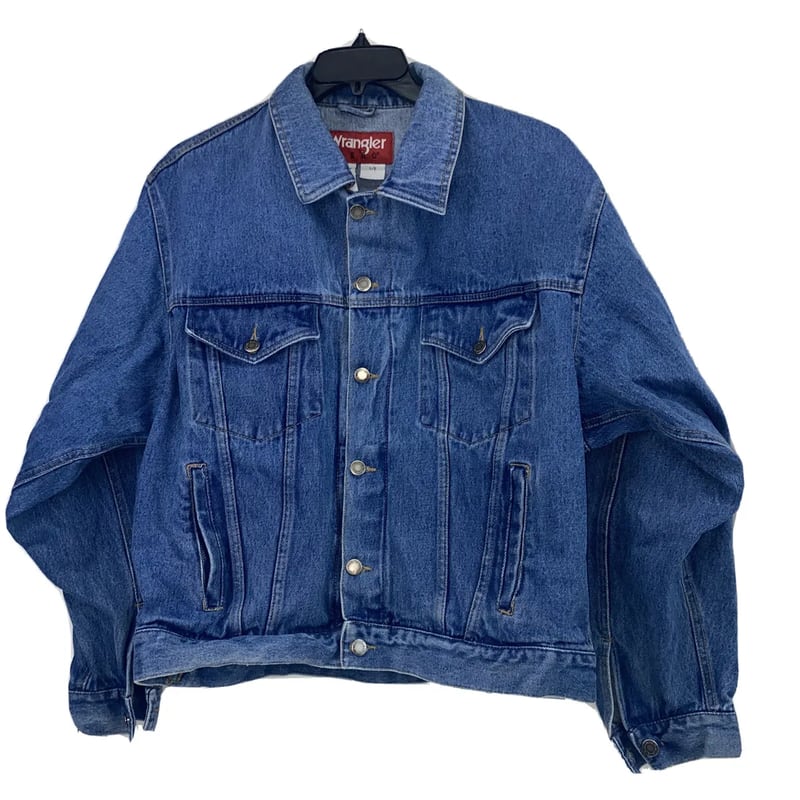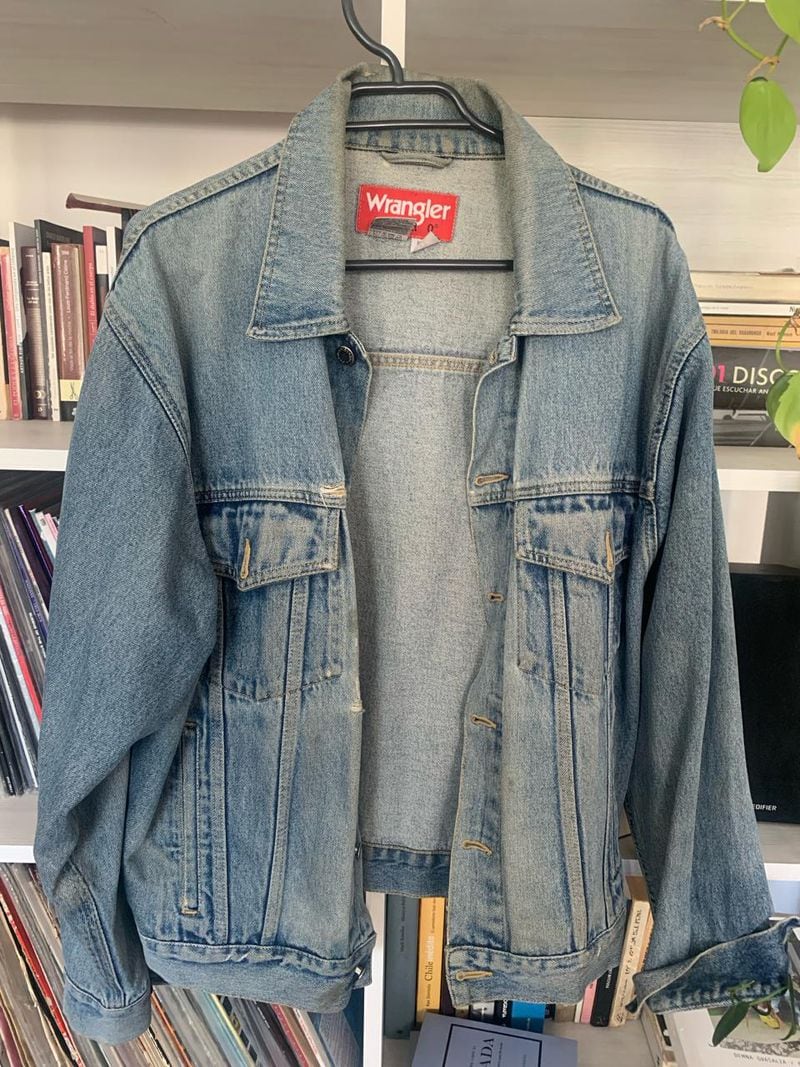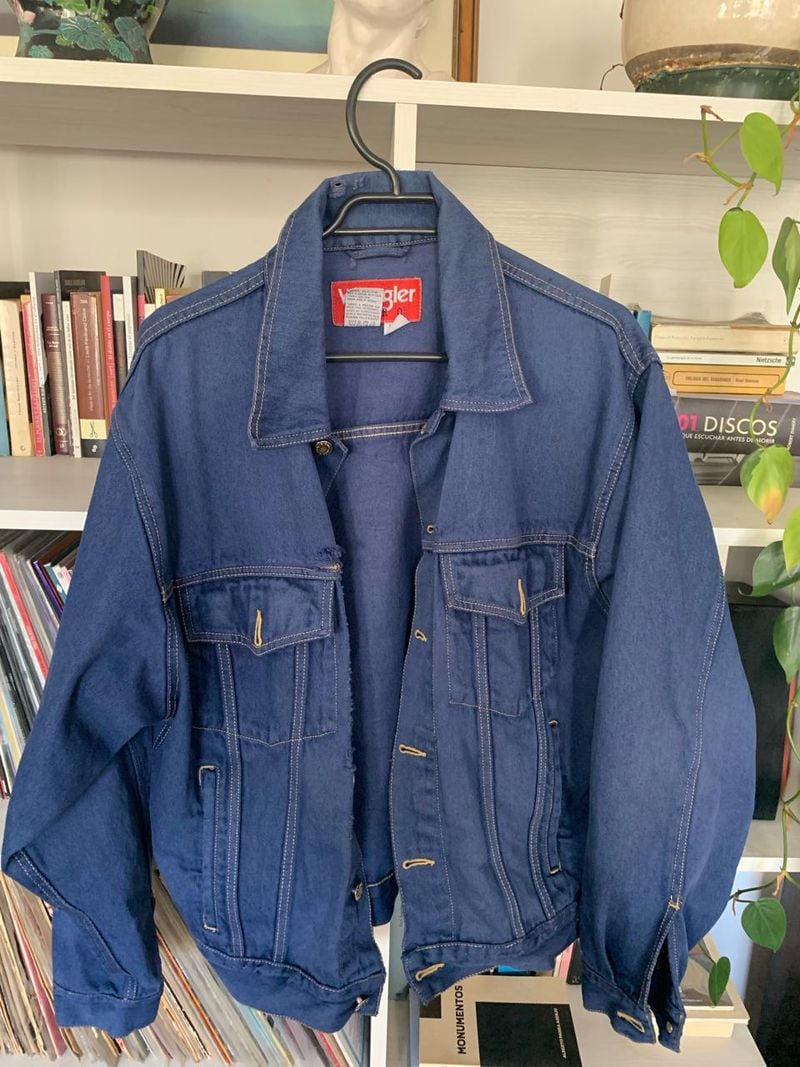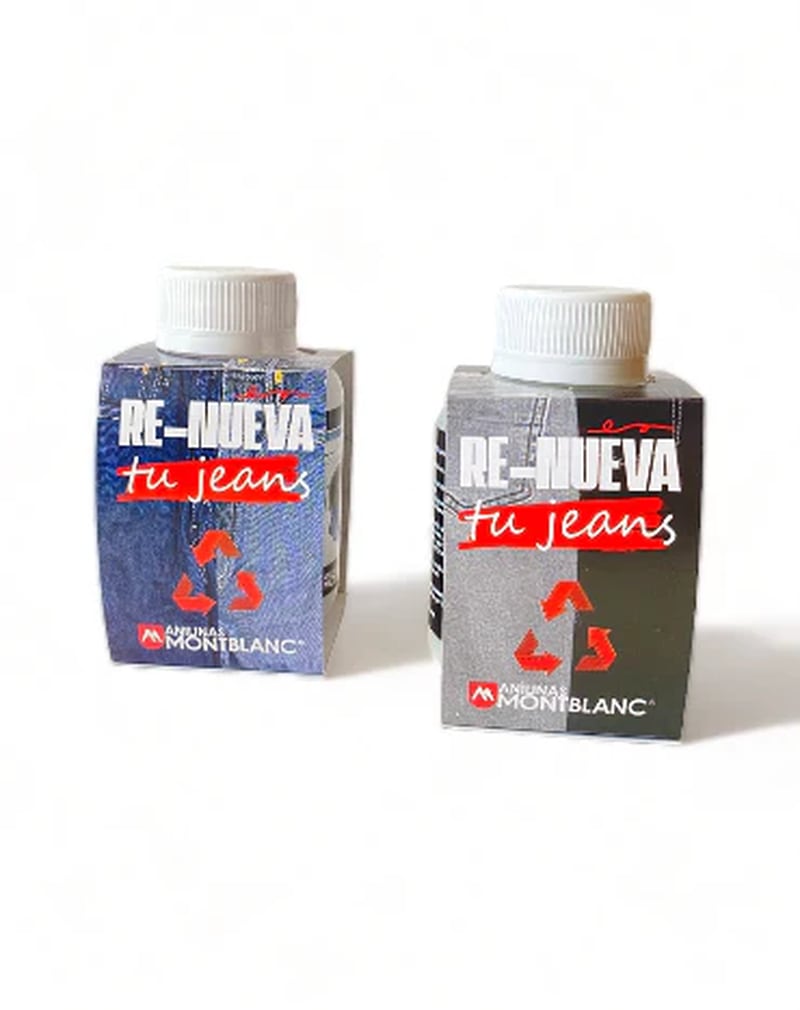This Montblanc Aniline dye can very easily extend the life of your jeans or any faded natural fiber clothing. But be careful: it is better to be clear about the color of the result.
I was given the mission to try the new product from Anilinas Montblanc: a fabric dye that promises to make jeans and other clothing that have lost their original color, whether due to passing weather, exposure to the sun or other. .
I had never dyed my clothes before, although I remember feeling the bitter feeling that my favorite jeans were no longer my favorite because, eventually, their color faded and they were no longer the way I liked them .
This is apparently the objective that the brand is aiming for with this product composed of 246 grams of coloring contained in a plastic container. As Montblanc explains, with this quantity you can dye up to 500 grams of clothing, the equivalent of an adult pair of jeans. On the market it is available in two colors: black and blue.
This dye is made from aniline, a plant compound commonly used for the manufacture of agricultural and pharmaceutical products, among others, as well as for the production of dyes. In this case, it is important to consider that its use is intended for clothing whose composition is at least 70% natural fibers. That is to say mainly cotton or wool.
For this test I chose a denim jacket, Wrangler Hero, that I bought several years ago at the second-hand clothing store. Originally its color was the classic indigo blue of denim clothing. At this point, the only evidence of this shade is under the folds of the front pockets. The time and use I have given it have taken their toll: the light blue gradient, which in some areas even looks white, gray and somewhat yellowish, is proof of this.
Will aniline help me restore the original color of the jacket?

Use: super simple
Let’s go. The procedure involves only five steps and these are well explained on the two labels that accompany the product.
Before starting, it is necessary to remove the labels from the container, both the cardboard that covers it and the sticker that wraps it. However, it is recommended to keep them on hand and only throw them in the trash once the process is complete. You may need to take a closer look at the step by step, which is as follows:
- Soak the garment in hot water then place it as spread out as possible in the drum of the washing machine.
- You must uncover the container and place it on the clothing, face up. The pot will remain inside during the process. Be careful, the liquid must not be thrown into the drum.
- The washing machine should be programmed for the longest wash cycle available – or at least 40 minutes – with a low or medium water level and at the highest possible temperature, which cannot be lower than 35 degrees.
- Once the cycle is finished, you need to remove the container from the washing machine drum and run a new rinse cycle. This time the duration can be shorter and it should be done with cold water.
- Dry the garment, ideally in the shade.
It is important that after the process is completed, the drum of the washing machine is washed. You can use the specific program that the equipment has for this, but it is recommended to do it including a drop of chlorine. After that, you should wipe a cloth over the areas where splashes of dye may have remained.

The result
The last rinse cycle ends and it is time to review the result. I open the washing machine door, take out the jacket and find a brand new one. No, not the indigo one I once had and once was. It’s a different blue. “France Bleu”, I was told later by the brand. Brighter and more electric than the original.
It is striking to note the effectiveness of the dye in dyeing the jacket, which no longer has the color gradients that characterized it in recent times. On the contrary, French blue was impregnated evenly throughout the garment. Now the gold thread stitching, steel buttons, red background label and white Wrangler letters stand out more. None of this was affected by the coloring effect.
I let it dry in the shade. The next day I check the garment again. I once again have the impression that it is not my old jacket, but a new, different one: the French blue color was already impregnated on its entire surface, without traces of light blue or white , nor the original denim.
Practical verdict
Montblanc Anilines offers a product that is extremely simple to use at home and has a fairly economical commercial value. Instructions for use are clearly indicated on the labels and complement the video tutorials available on the web and accessible via a QR code included on the packaging.
Now its implementation represents certain contraindications when it comes to using the washing machine. Manufacturers of these devices generally warn of two things: first, not to overload the drum, and second, not to use it for light loads. Both situations expose the washing machine to damage. In the case of light loads, the equipment may not absorb water adequately and its system identifies an error, either when washing or spinning, which is usually expressed on its display with the acronym EU.

Using Montblanc Aniline dye involves using the washing machine with an extremely light load – 500 grams, which is the maximum the product can dye – and on the longest duration program, in addition to another rinse cycle under the same conditions. This is why it is relevant to program a medium-low water level, as indicated on the label.
Beyond the risk, the effectiveness of the dye on the garment is surprising, leaving a homogeneous color that does not affect anything other than the base fabric: in the case of my jacket, the dye did not affect seams, buttons or labels. This can therefore be a good method for renewing clothes whose color is very deteriorated. In this sense, yes, there is an encouragement to give a new life to these clothes so that they do not end up in a landfill, like the one we saw some time ago in the Atacama Desert.
But it’s one thing to renew and another to find the original color of the garment. The latter solution is actually impossible, since each item of clothing and each brand of jeans has its own shade of blue. My jacket, for example, has not “recovered” its original denim; instead it turned out to be “France blue”. It looks renewed, almost like new, but reincarnated in another jacket. One that I will probably never occupy again. It is best to know what color you will get once the garment comes out of the washing machine.

*Product prices in this article are current as of March 12, 2023. Values and availability are subject to change.
Source: Latercera
I am Robert Harris and I specialize in news media. My experience has been focused on sports journalism, particularly within the Rugby sector. I have written for various news websites in the past and currently work as an author for Athletistic, covering all things related to Rugby news.


